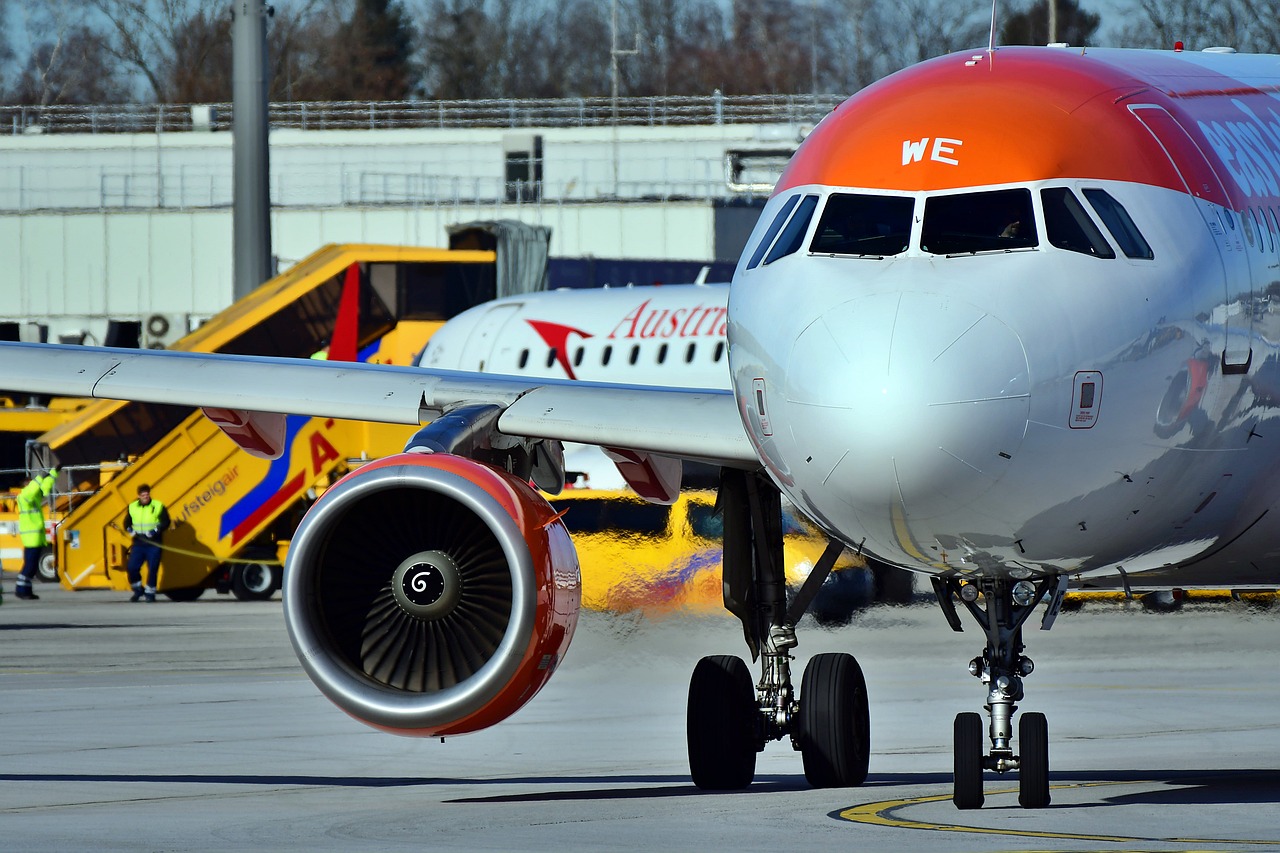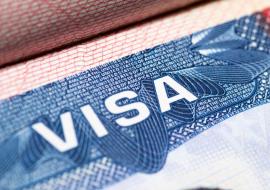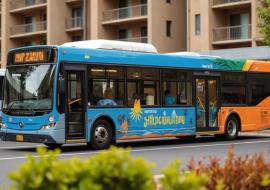Flights Are Slower but More Punctual: The "Padding Schedule" Phenomenon

Today’s flights are slower than they were decades ago. According to Ben Blatt, a data journalist, the average flight between New York (JFK) and Los Angeles (LAX) now takes 23 minutes longer than in the 1990s. Other studies support this trend: from longer taxiing times to increased in-air durations, traveling by plane now takes more time. For instance, a JFK-LAX flight in 1995 averaged 6 hours; today, it stretches to 6 hours and 18 minutes.
Despite longer trips, flights are more punctual. The share of flights arriving on time or early has significantly improved. For JFK-LAX, delays affected 51% of flights in 1995, compared to just 37% today. However, severe delays—flights running 90 minutes or more behind schedule—have become more frequent, reflecting increased operational pressures.
Behind this paradox lies the "padding schedule" phenomenon. Airlines build extra time into their schedules to ensure flights appear "on time." While this cushion improves customer satisfaction and minimizes financial penalties, it has drawn criticism. Experts argue it artificially inflates travel times, increasing fuel consumption and CO2 emissions.
Operationally, the changes reflect a surge in air traffic without proportional improvements in infrastructure. For example, taxi-out times at New York’s LaGuardia Airport have risen from 19 minutes in the 1990s to 24 minutes today—a 26% increase. However, during the same period, departures grew by 64%, all within the same number of runways.
The debate continues: Is the trade-off between slower flights and greater punctuality worth it? For airlines, the answer lies in balancing efficiency, environmental responsibility, and customer expectations.














